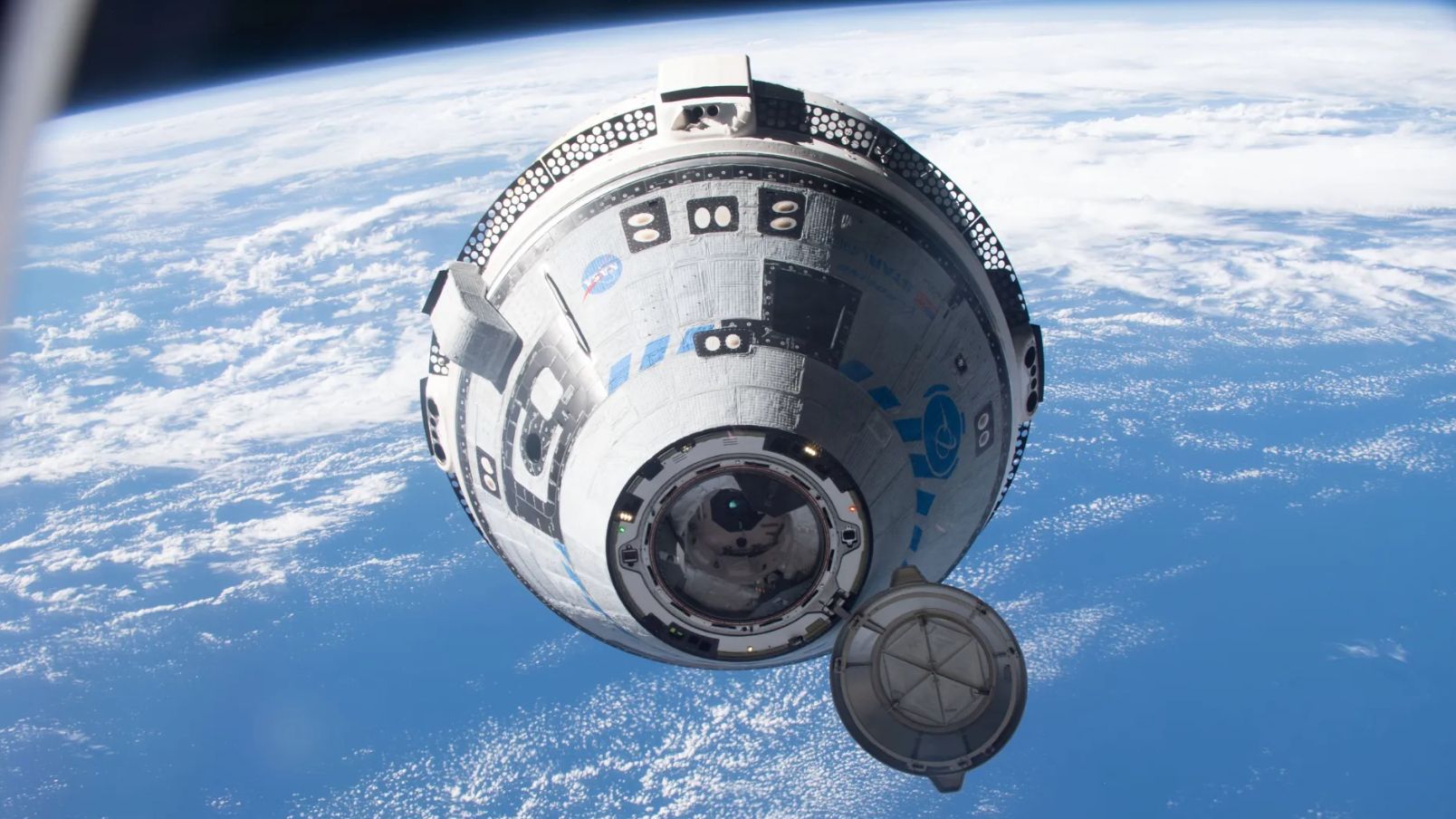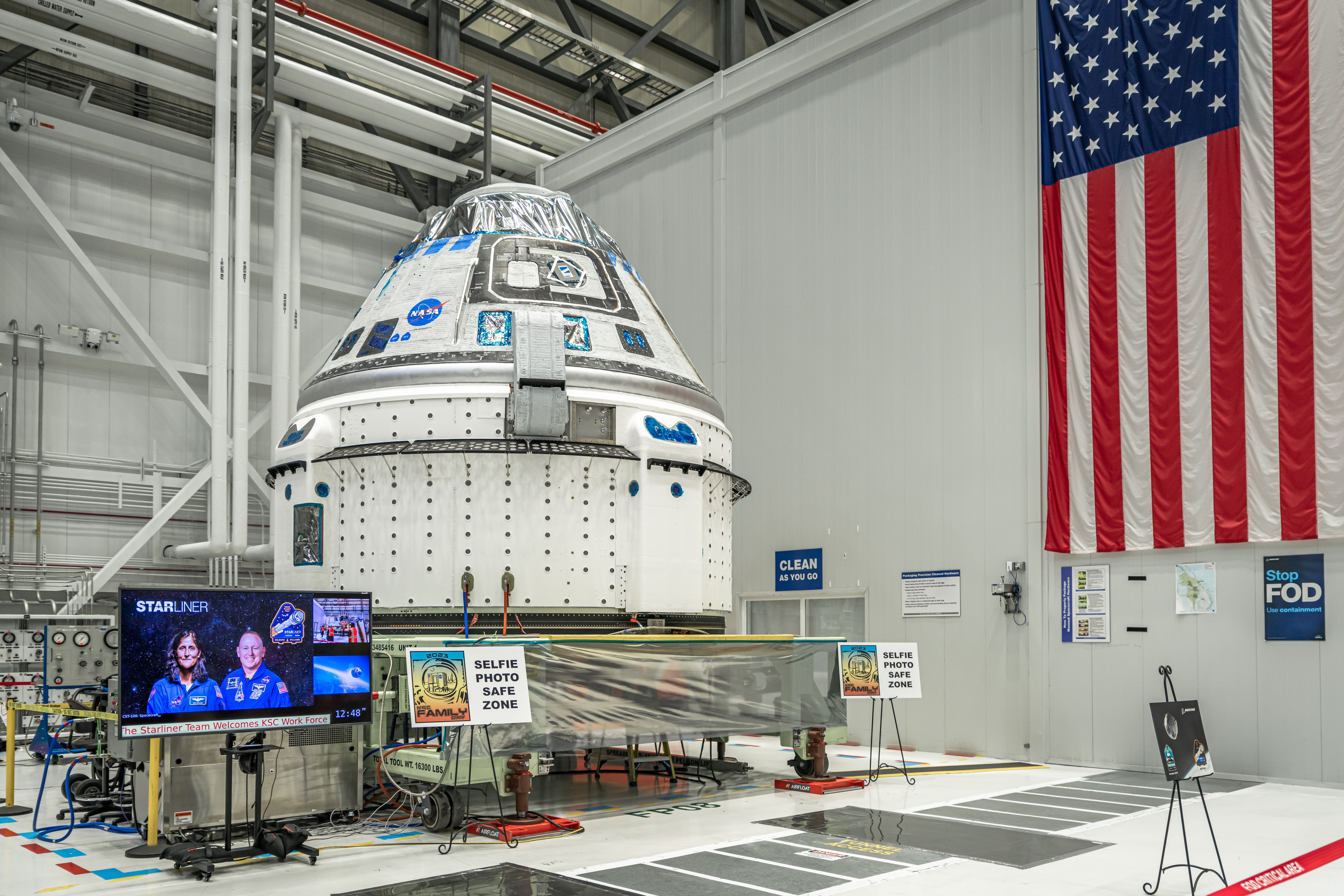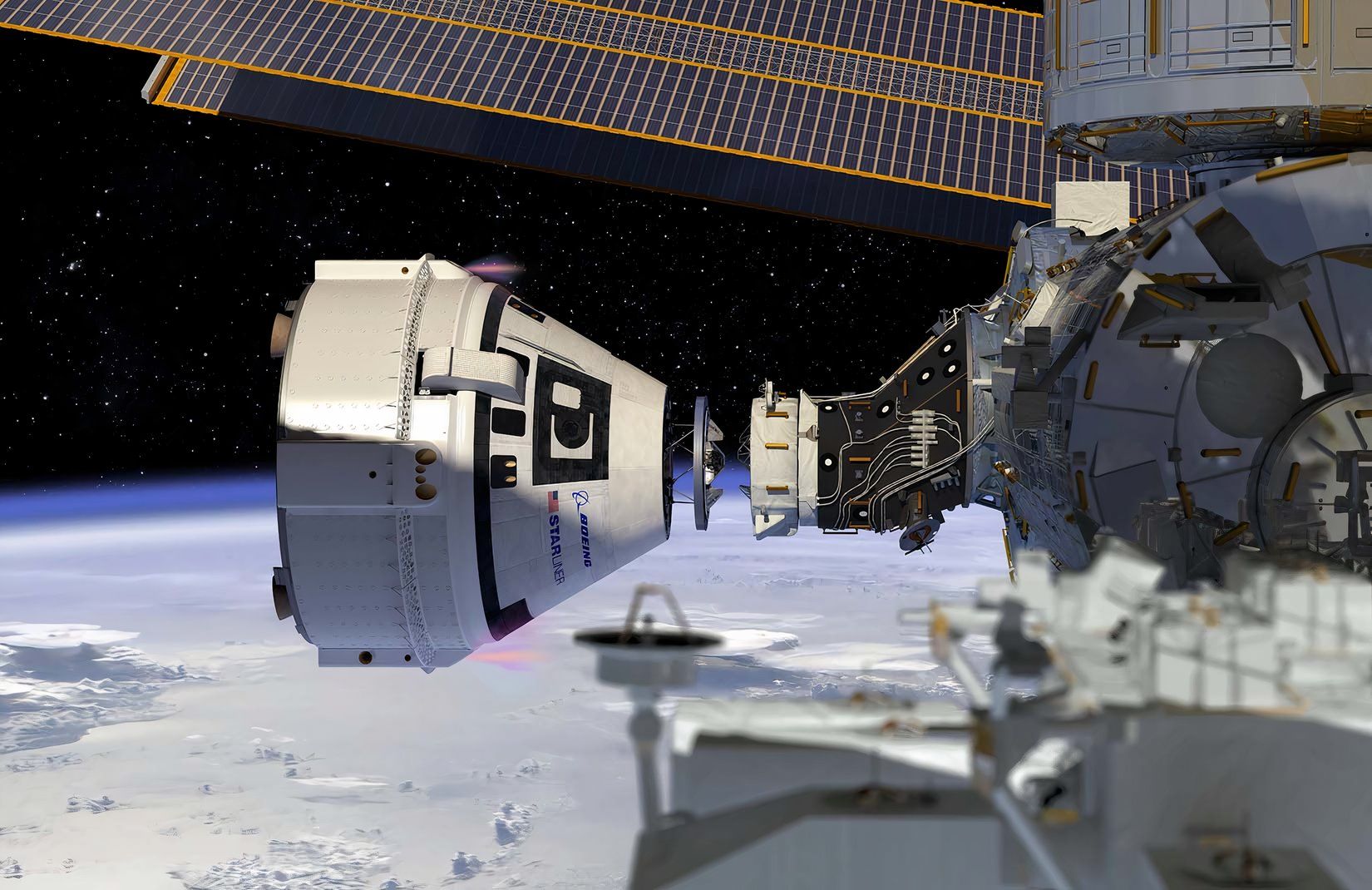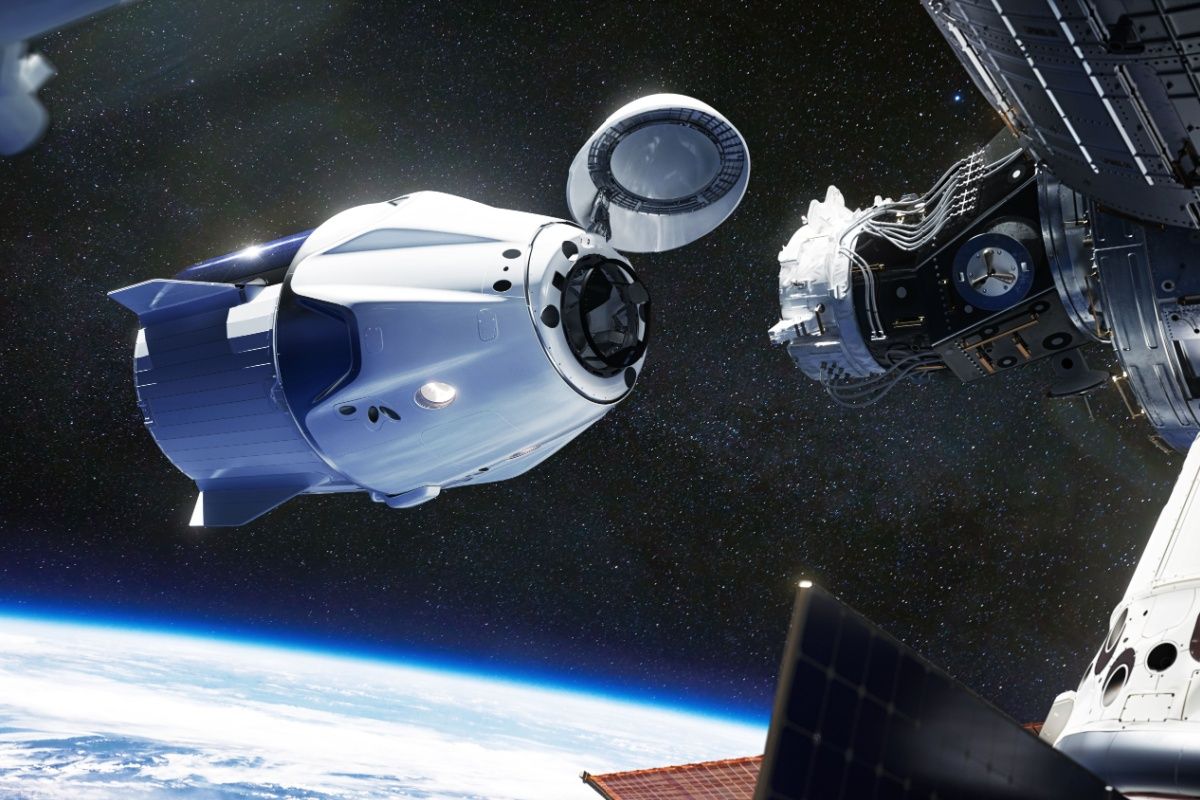NASA has announced that the Boeing Starliner is cleared to make an uncrewed return to Earth next week. Mission teams have penciled in a return no earlier than Friday, September 6th.
Starliner return scheduled for next Friday
NASA and Boeing completed a Delta-Flight Test Readiness Review on Thursday after last week’s revelation to fly home two astronauts, Butch Wilmore and Sunita Williams, on a Crew Dragon rather than risking a manned Starliner return. Thursday’s review concluded with a decision to proceed with the uncrewed return of Starliner, no earlier than 18:04 EDT next Friday.
Photo: Keith J Finks | Shutterstock
According to NASA, Starliner will take approximately six hours to arrive at its landing zone at White Sands Space Harbor in New Mexico. Aided by the use of parachutes and airbags, the spacecraft is scheduled to make a midnight landing on Saturday, September 7th. How the spacecraft performs during this mission – and whether any existing or new problems emerge – could ultimately determine the fate of Boeing’s Starliner program, which has already cost it billions of dollars in losses.
Autonomous capability restored
Starliner is capable of autonomously docking and undocking with the International Space Station (ISS) having proven this during a test flight in 2022. However, this feature was removed from Starliner’s flight software for its current mission, Boeing Flight Crew Test, as the craft was intended to return to Earth with its crew.
Photo: Boeing
Last month, officials revealed that NASA and Boeing were working on a software update that would restore this capability, which has apparently been completed now. When it comes time to undock and return, the spacecraft will be monitored by flight controllers stationed at Starliner Mission Control, Houston and Boeing Mission Control Center, Florida, who can intervene manually if needed.
More details coming
NASA will host another media briefing soon to deliver more details about the return. The agency initially backed Starliner and played down the severity of its thruster control and helium leak problems following its launch in early June.
Photo: Evgeniyqw l Shutterstock
However, as the weeks went on, it became apparent that safety concerns were growing about attempting a crewed Starliner return, with SpaceX’s Crew Dragon becoming an increasingly probable back-up option. As put by Ken Bowersox, associate administrator for NASA’s Space Operations Mission Directorate, the team “didn’t want that disappointment to weigh unhealthily in the decision.”
On August 24th, NASA held a press conference confirming plans to use a Crew Dragon to bring Wilmore and Williams home. This ultimately meant delaying the upcoming Crew-9 mission by over a month, and halving the number of crew on that capsule from four to two. As for Wilmore and Williams, their planned eight-day stay on the ISS has entered its third month, and they won’t be coming home until February 25 – nonetheless, they are being kept busy and will perform duties as part of the Expedition 71/72 crew.




